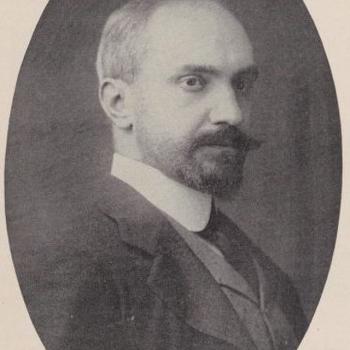The Noble Eightfold Path: Right Mindfulness
© Rick Hanson, 2006
“I teach one thing: Suffering and its end.” — The Buddha
The Eightfold Path is the fourth of the Buddha’s Noble Truths: the way that leads to the uprooting of the causes of suffering, and thus to increasingly stable and profound peacefulness, wisdom, virtue, and happiness. The heart of each element of the Path is non-clinging, the fundamental cause of the end of suffering.
Some of the key factors promoting mindfulness are summarized below.
Being Awake
When you can, meditate during the times when you are maximally alert within your own sleep-wake cycle. (Of course, this is irrelevant on a retreat where you are meditating 10 or more hours a day.)
Minimize drains on your wakefulness, such as lack of sleep, fatigue, illness, hormonal conditions (e.g., thyroid problems), or depression.
In sum: take care of yourself. Pay attention to physical factors, rather than trying to muscle through them or beat yourself up for not being able to overcome them.
Being Alert
Several factors increase alertness:
• Posture – Provides internal, somatosensory feedback to the reticular formations that lead to alertness. Being upright says to the mind: “Wake up!”
• “Brightening the mind” – Here you deliberately activate an internal sense of energizing and enlivening your mind. In physiological terms, this is probably linked to a surge of norepinephrine, which helps you feel both alert and relaxed.
This is distinct from epinephrine – adrenaline – which indeed wakes the whole body up, but also has a kind of jangly, fight-or-flight quality to it. And adrenaline decays into secondary metabolites that remain in the body for hours and have a stressful, disturbing quality to them.
Sometimes you may want to trigger an adrenaline-based surge of “darn it, focus, get here now!” in order to wake yourself up. But only in small doses, and consider the “brightening the mind” approach instead.
• Oxygen – Oxygen is to the brain what gas is to your car. By taking several deep breaths, you increase the oxygen saturation in your blood and thus “push the pedal” with your brain.
Feeling Safe
To help us survive, the brain is naturally vigilant, routinely moving attention across the environment to look for threats. Feeling safe encourages the brain to withdraw the sentries from the battlements, so to say, and put them to work internally (e.g., keeping watch on the breath).
For example, there is the Buddha’s recurring instruction to find a place of seclusion – i.e., safety – and then sit down at the base of a tree – where he found his own enlightenment – with your back to it, protecting your most vulnerable flank. Other traditional practices help one get used to, and thus relax about, perceived threats – such as meditating on the jungle side of a well or simply being alone in the forest at night. And some practices have a welcome side effect of helping one to overcome fears, even if that is not their primary purpose (e.g., charnel ground meditations, lovingkindness meditation).
Some methods for feeling safe:
• Diaphragm breathing
• Relaxing the body
• Imagery
• Taking refuge
• Disputing or detaching from worries or other views that make you anxious
Feeling Happy
Commonly used Pali words that refer to positive emotions are “sukha” (happiness, contentment, tranquility) and “piti” (rapture, bliss). These are also two of the five factors that cultivate deep states of concentration, including those known as the “jhanas.”
Positive feelings:
• Have vigor and pep, and thus foster greater alertness
• Activate the parasympathetic nervous system, which reduces the distractions of the “fight-or-flight” sympathetic system, and brings relaxation and attention to the body
• Increase overall resilience, so you’re less likely to be bothered by something when you meditate
• Counteract negative emotions, which consume attention (plus feel lousy)
Feeling happy is skillful means!
Here are some ways to generate positive emotions:
• The “soft smile” recommended by Thich Nhat Han triggers feedback loops within the emotional circuitry of the brain, activating the feelings associated with smiling.
• Metta practice – compassion, lovingkindness, etc. – bathes you in positive emotion.
• Remember past states of positive emotion (“taking in” them helps support this memory). Then access that bodily/emotional memory to rekindle the positive feeling.
The post Right Mindfulness Part 2 appeared first on Dr. Rick Hanson.















